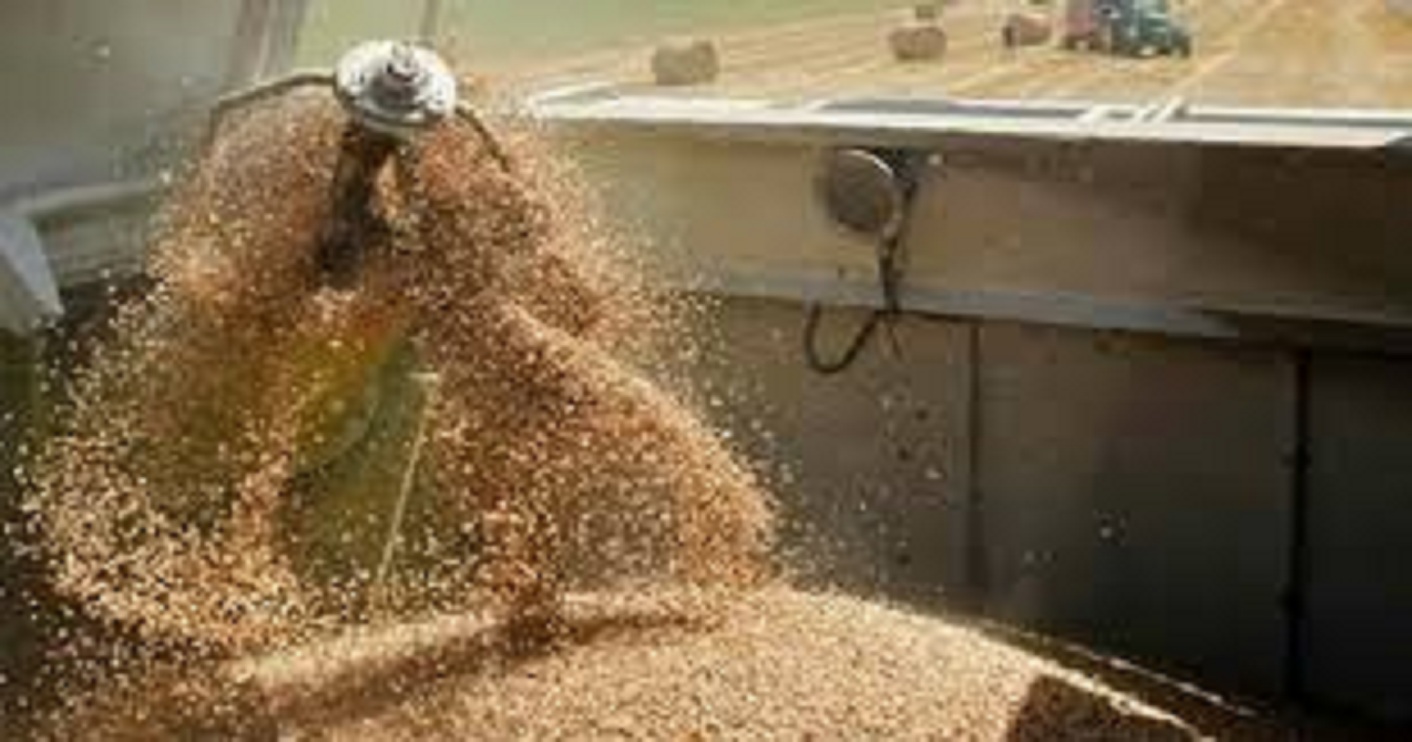Sarah Mills Company
The early peoples grinded hard grain grains, such as wheat and corn, by striking them in the mortar shells. The remains of this day can be seen in examples of some cobbled stones seen in some villages today. Tattooing has been replaced by handcrafts with circular stone over time. Later, the stone mills called Pompei millet began to be used. The grinding force provided by the stone rotation has opened the way for the development of mills in this way. In fact, in order to ensure the recycling of stones, human and animal manpower was first used, then began to use wind power and hydraulic power (water). The first known water mills in BC history are known to have been founded on some rivers in Anatolia in the late first century. In particular, the Black Sea region and the central Anatolia region draw attention as places where water plants are first constructed and deployed. Thus, until the nineteenth century, grinding technology developed largely because of water and wind power. In the middle of the 19th century, the technique of grinding by Hungarian was developed among the waltz that form the basis of modern modernity. After the invention of wounens, the flour production industry was transformed into a modern plant that grew rapidly and was able to produce more than 1000 tons of wheat today. Finally, he entered the field of electronics and computer. Today, flour production began with the help of monitors in the control and electronic control rooms

